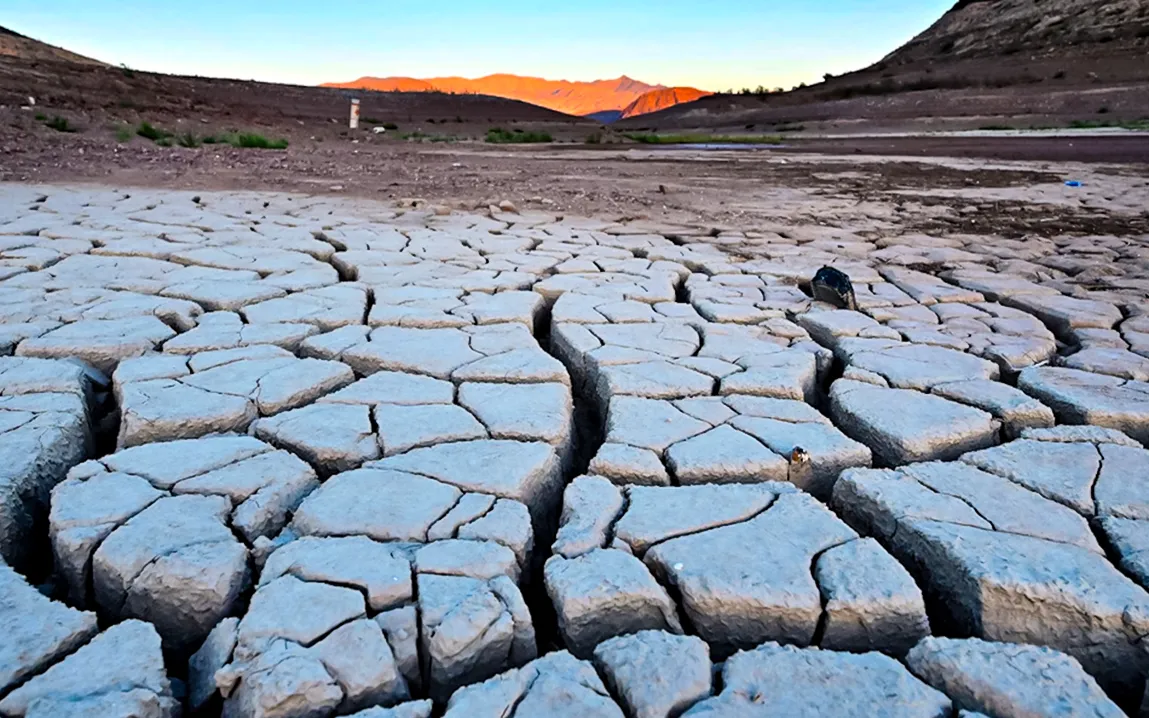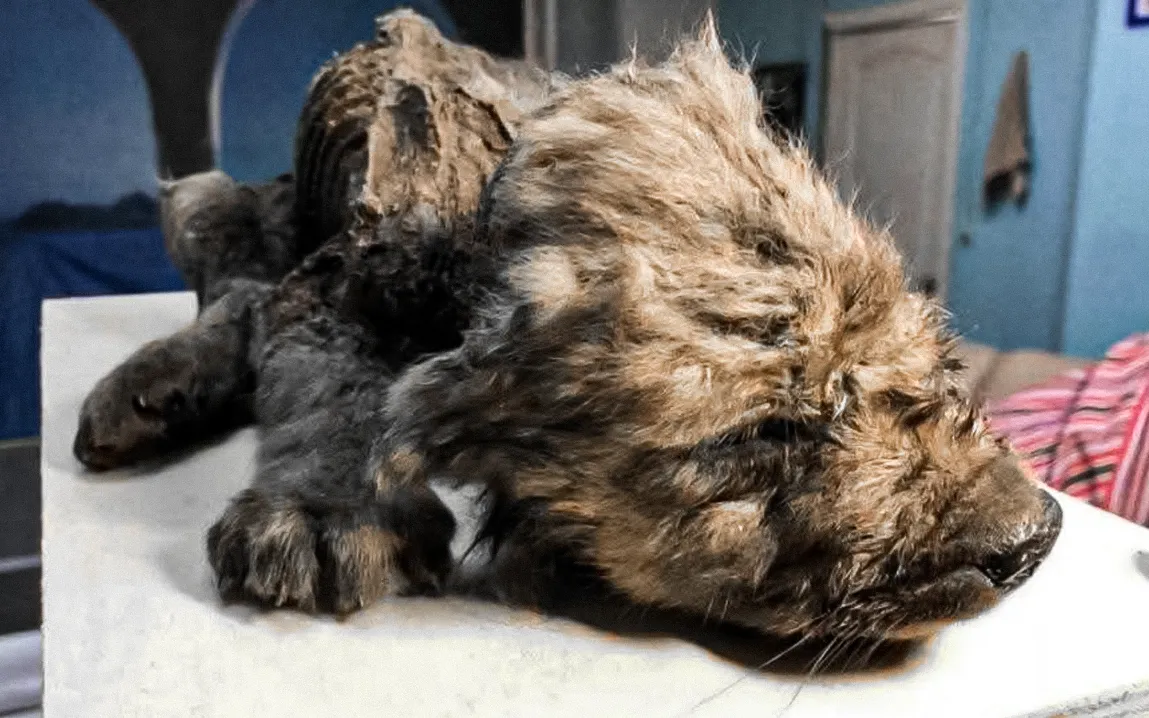It might sound like science fiction, but geologists have discovered that the bottom of the North American continent is slowly dripping away, like blobs of rock melting and sinking deep into the Earth.
What’s Happening Under Our Feet?
Researchers at The University of Texas at Austin made the surprising discovery using new seismic imaging technology. They found that a process called “cratonic thinning” is happening beneath parts of the Midwestern U.S.
Cratons are super old, solid parts of continents. They’re known for being tough and stable; some have lasted for billions of years. But in rare cases, parts of them can thin or even break off. That’s what scientists now believe is happening right now under North America, in real-time.
It’s Super Slow
This “dripping” isn’t dangerous. The rock blobs are deep underground, and the whole process moves incredibly slowly, over millions of years. One won’t see any changes on the surface anytime soon.
The cause of the dripping, scientists believe, is tied to a massive ancient tectonic plate called the Farallon Plate. This plate started sliding under North America around 200 million years ago, and it’s still deep beneath the surface, possibly interacting with the craton and causing the rock underneath to soften and drip away.
A First-of-Its-Kind Discovery
This is the first time scientists have actually seen cratonic thinning happening, thanks to a new 3D seismic model built from data collected by the EarthScope project. The tool lets scientists see inside the Earth using sound waves from earthquakes, kind of like how an ultrasound shows a baby inside the womb.
“It does look like in many places that these blobs come and go,” said Professor Thorsten Becker, a geophysicist at UT Austin. “It’s showing us something real.”
Why It Matters?
This discovery could change how scientists understand how continents form, evolve, and break apart over time. It also shows how the Earth’s deep interior is still very much alive and active, even under places that seem geologically calm today.
“It helps us understand how do you make continents, how do you break them, and how do you recycle them,” Becker said.
So no, the continent isn’t falling apart, but it is changing, deep underground, in ways we’ve never seen before. And thanks to cutting-edge science, we’re finally getting a glimpse of Earth’s hidden workings.



